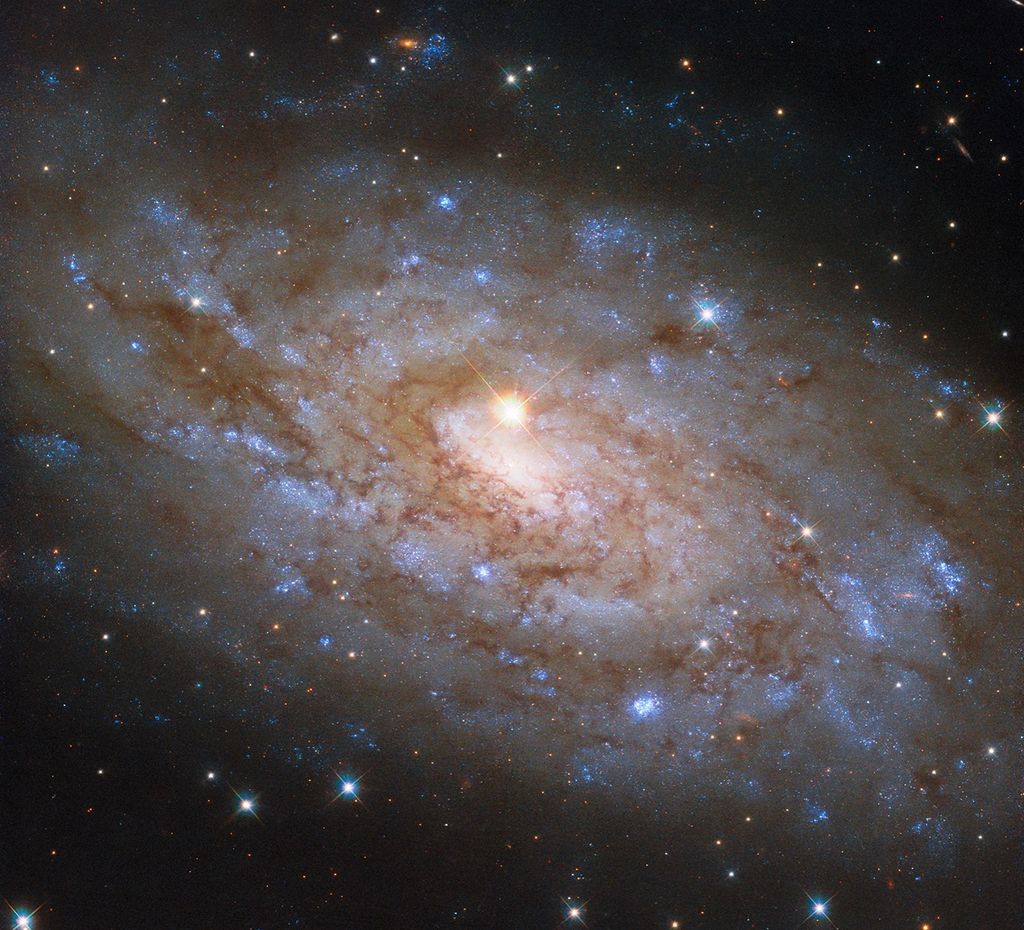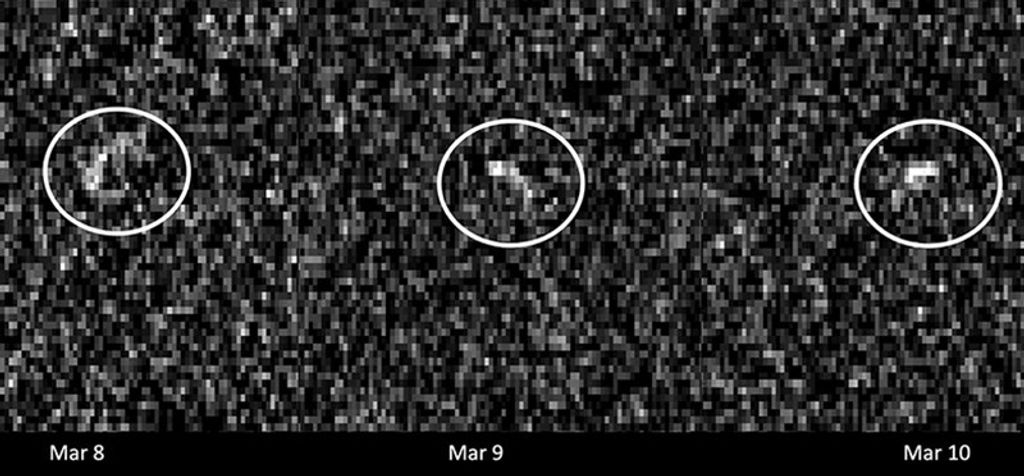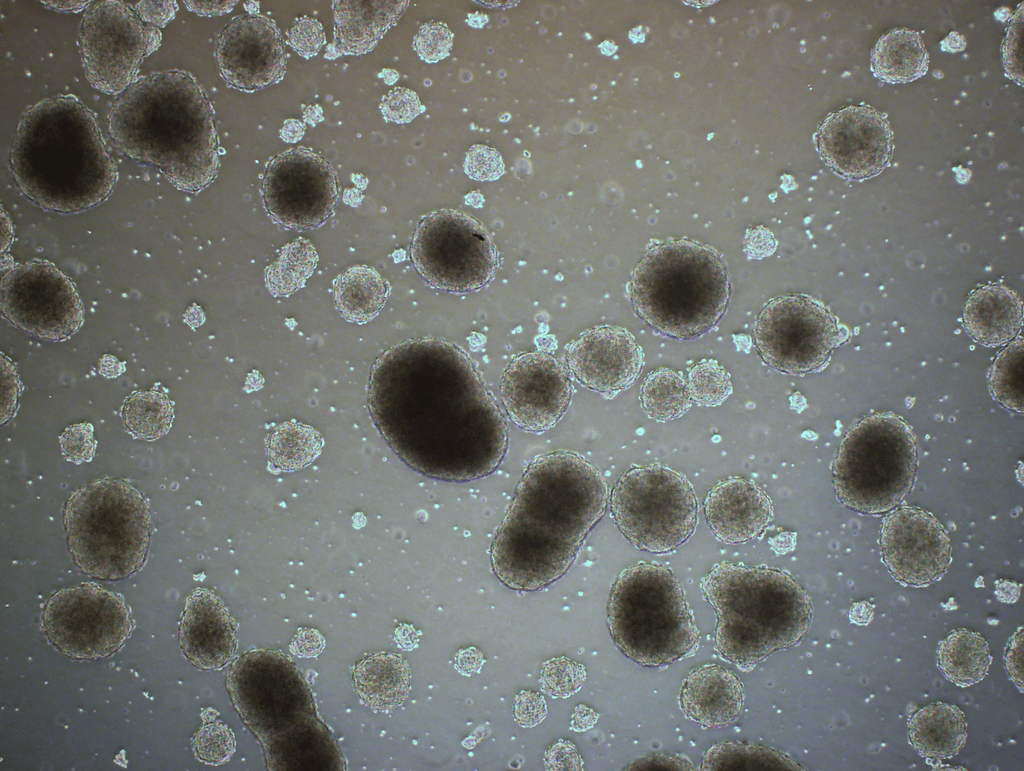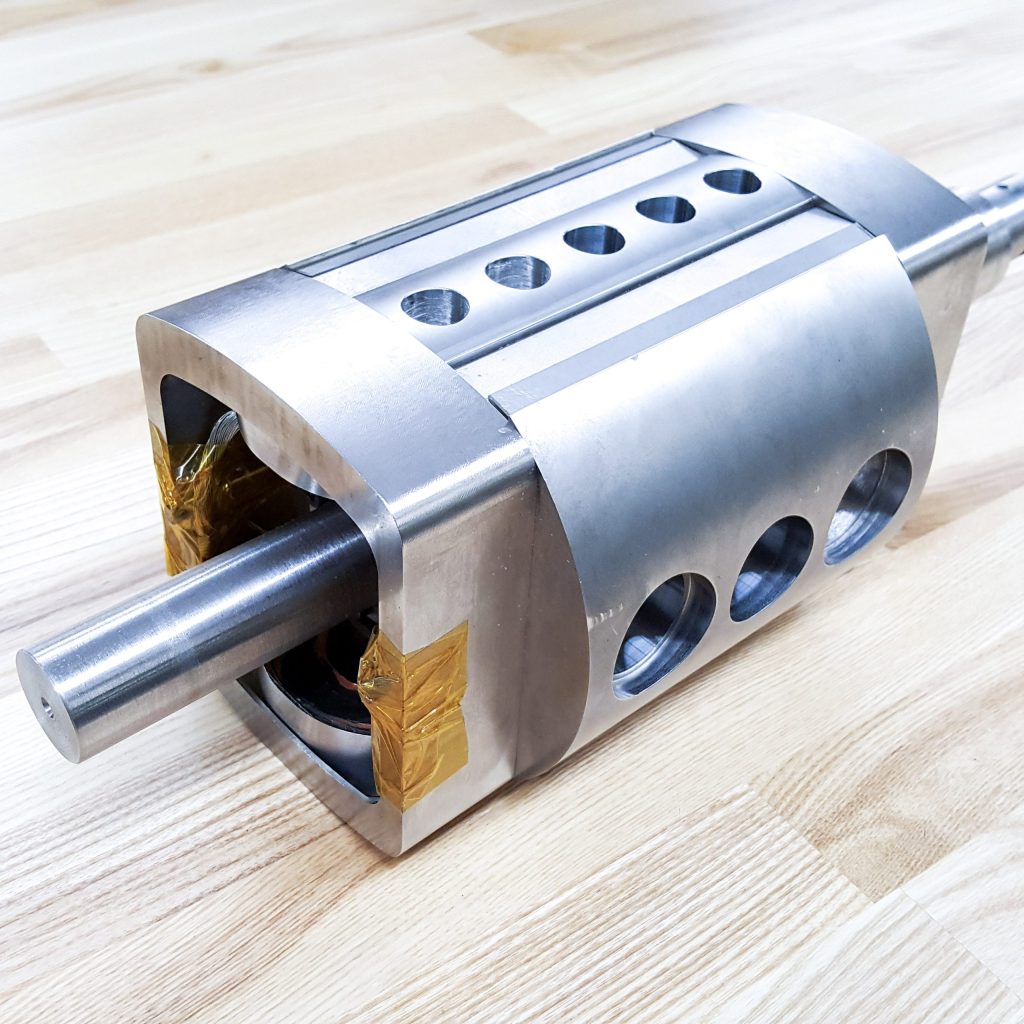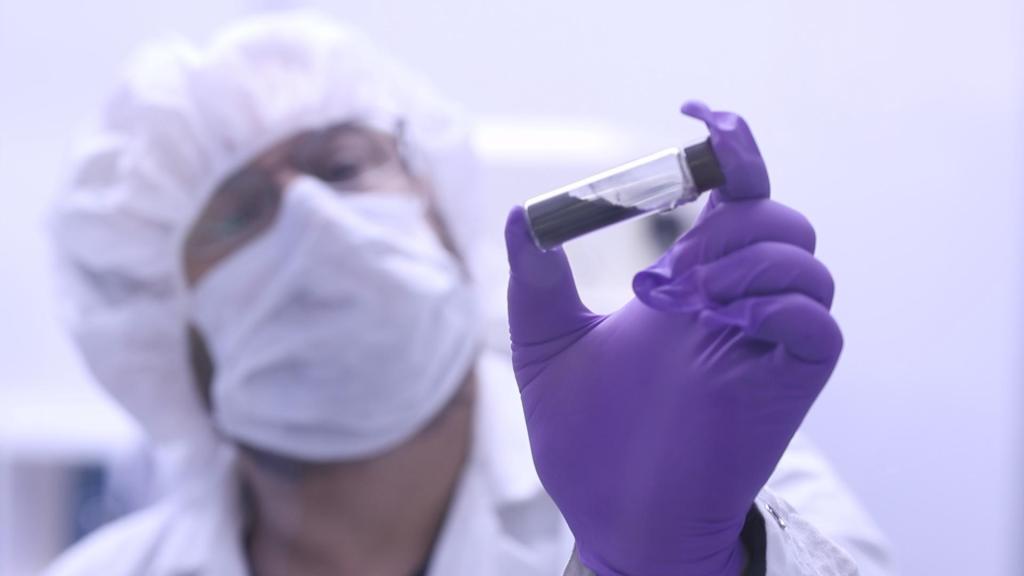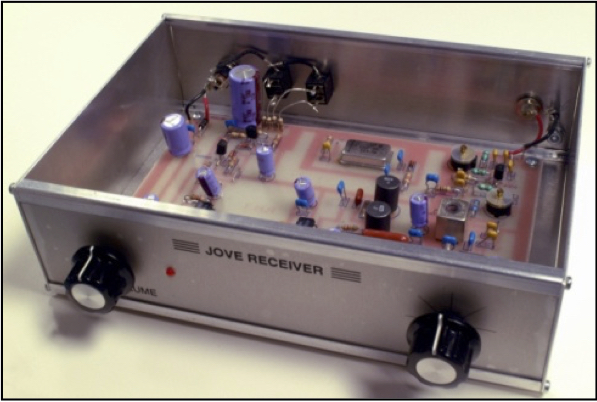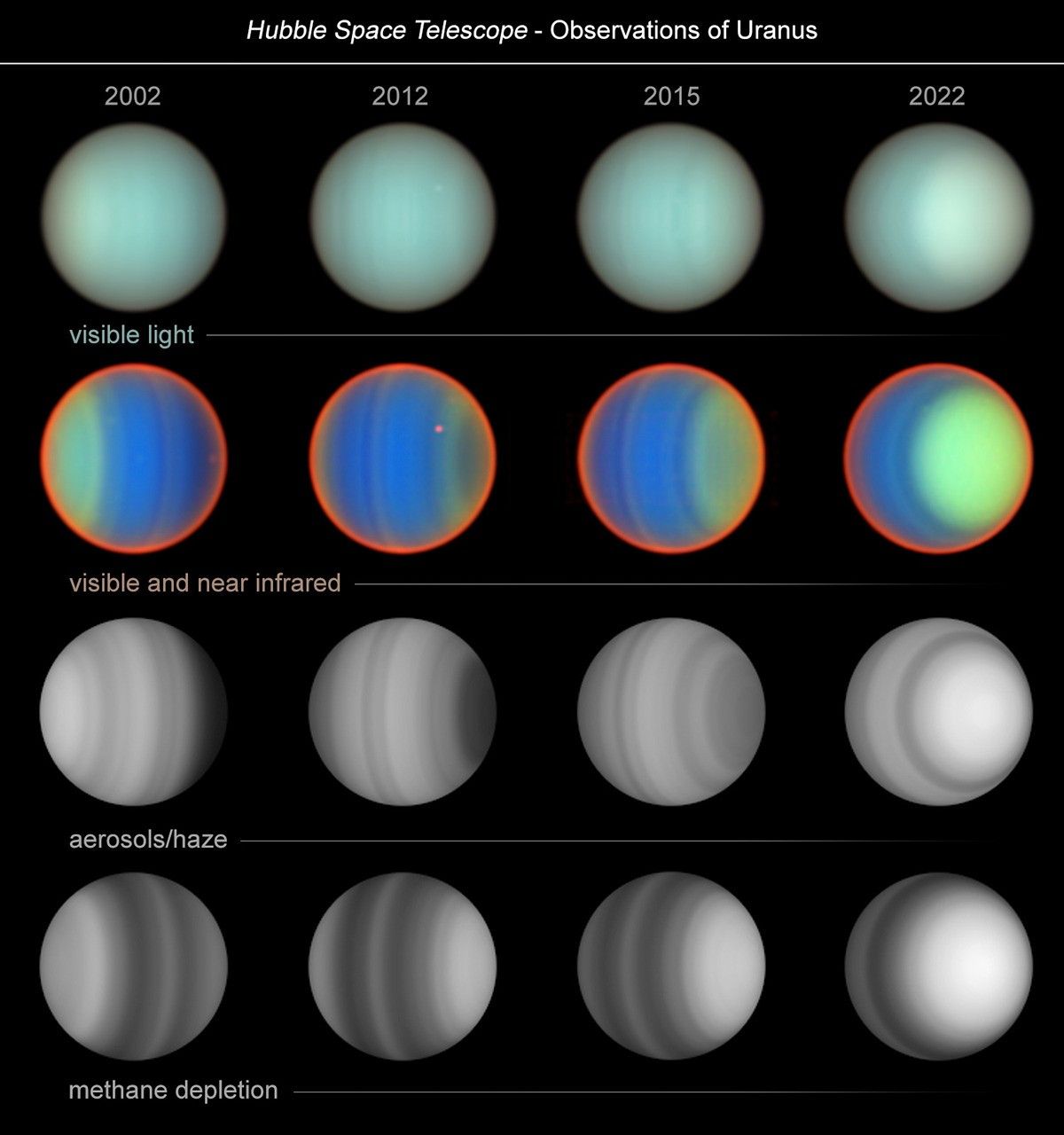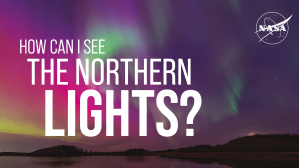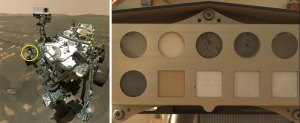What does Jupiter sound like? If you had to take a guess, would you imagine the sharp staccato of popcorn popping? The slow static of waves reaching the shore? As it turns out, Jupiter produces a cacophony of such sounds and all you need to hear them for yourself is a box the size of a DVD player.
The universe is full of radio emissions. Many objects in space emit radio waves, and scientists can detect them here on Earth after they have filtered through the atmosphere. These waves are similar to the kind your car antenna picks up, the kind that bring you “This Week’s Greatest Hits” or yesterday’s political commentary.
Scientists first detected radio waves coming from an astronomical object — the Milky Way — in 1932. Following this discovery, radio astronomy developed into its own specialized science field — and stargazers around the world began to look into space for something other than visible light, with something other than just optical telescopes.
In 1955 while working at the Carnegie Institution of Science in Washington, Bernard Burke and Kenneth Franklin discovered strange radio emissions using the then-largest radio telescope array in the world. At first believing them to be Earthbound interference, they didn’t bother with the bizarre readings. But the data demonstrated a pattern, only appearing every few nights from certain parts of the sky. Burke and Franklin realized that these emissions could only originate from another celestial body, and after conducting the necessary calculations, concluded that Jupiter was the source.
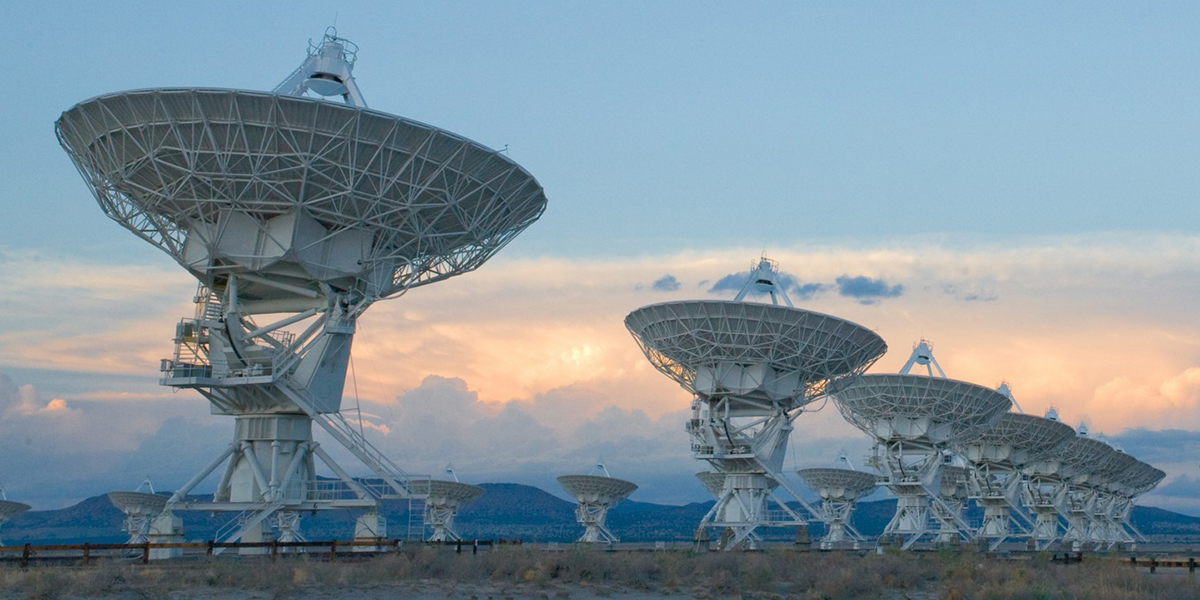
Soon, the field of radio astronomy exploded. In 1998, a group of radio astronomers at NASA sought to find a way to bring radio astronomy — and Jupiter’s peculiar music — to the people.
Radio JOVE
Radio JOVE, named after the Roman moniker for Jupiter, was born in 1998 at NASA’s Goddard Space Flight Center in Greenbelt, Maryland. A citizen science project — begun by James Thieman, now a semi-retired radio astronomer at NASA; Chuck Higgins, now at Middle Tennessee State University; Leonard Garcia, a current radio astronomer at NASA; and several others — Radio JOVE aims to get the community involved in radio astronomy as much as possible. Their proposal was accepted for start-up funding through a NASA grant, and since then the entirely non-profit group has been selling small, portable radio telescope kits to any and everyone worldwide. Presently, the project continues to receive some NASA educational funding that is managed by Higgins and Shing Fung, a space scientist at Goddard.
“Radio JOVE is basically a project designed to help students learn about radio astronomy,” Thieman said. “Why is radio astronomy different from optical astronomy? What can we learn from it? We wanted them to get a sense of the entire scientific process — starting with a hypothesis, building the equipment, gathering the data, analyzing the data and finally communicating their findings.”
Thieman and the other JOVE founders, with the help of NASA, designed a simple radio receiver kit. This provides participants the opportunity of learning how to build a very basic radio telescope. The kits are akin to beginner versions of mainstream radio telescopes, fit with software that allows participants to compare data and to interact with NASA scientists. The kit is available for purchase to individuals or groups at a low cost.
“We include instructions on how to put the kit together and how to use it, but not on how to interpret the signals received,” said Fung. “We want people to learn about the radio environment they live in.” Amateur radio astronomers, students, and teachers alike can use the JOVE kit to listen to strong radio signals from anywhere, Earth or space. The Radio JOVE management group hosts telephone conferences when needed to help participants figure out which parts of their data come from Jupiter, the Sun, or other radio sources. The breadth of such sources shows how much radio astronomy has to offer not only to astrophysicists studying objects far away, but to understanding the nature of space in our own solar system — supporting the field of heliophysics, which studies the particles and energy within our space environment, helping to protect astronauts and spacecraft in space.
Through these telephone conferences, the JOVE group establishes a continual discourse with the public and encourages amateurs to get excited about the field. This dynamic community can share and compare their observations to those in an archive, access to which comes with the kit. Each day more data is added to this archive and the information is made available for public use.
“We have set up a vast array of ground-based receivers to do science with,” said Fung. “That’s one of the long-term goals of this project, and to include not just amateurs, but scientists and radio engineers as well.”
What can we learn from Jupiter?
Research suggests that Jupiter’s radio emissions result from energetic particles (protons and electrons) trapped in its incredibly strong magnetic field. These particles interact with Earth’s atmosphere, allowing scientists, or anyone with a radio telescope, to observe and measure them. Unlike a device like your car radio, radio telescopes are equipped with much more sensitive antennas that can pick up faint radio waves from outer space. This research can tell us about the state of our atmosphere and provide valuable information about Earth’s space weather, much of which is related to our planet’s magnetic field.
“Jupiter’s magnetic field is vastly more complicated than Earth’s,” said Thieman. “By observing these radio emissions, we can learn more about the things that control or generate that large magnetic field, and therefore learn much more about Earth’s.”
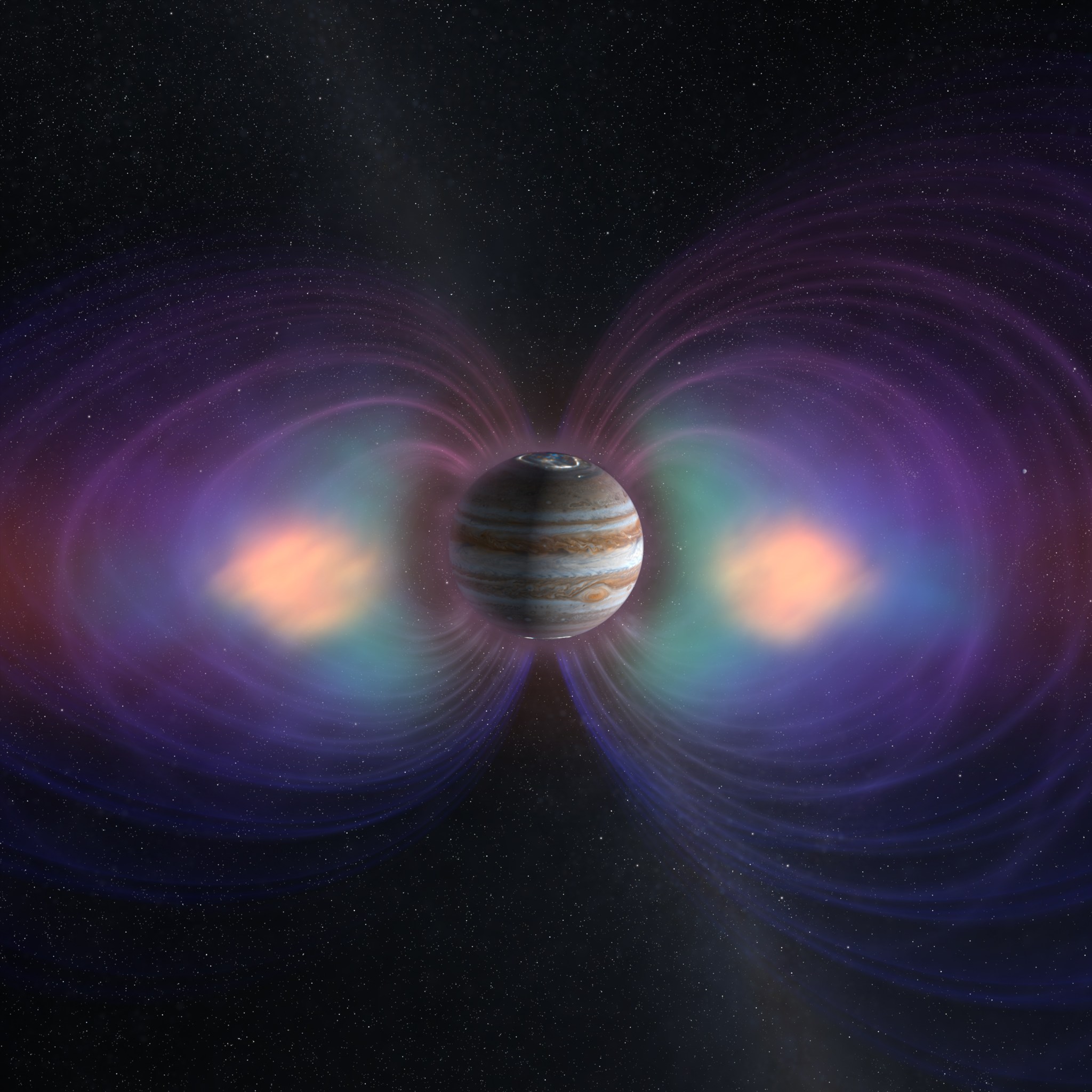
Radio emissions from space observed on Earth pass through the ionosphere, an active part of our upper atmosphere that ranges between 37 and 620 miles above Earth’s surface. You may not give the ionosphere much thought, but it actually intimately affects our daily lives. All satellite communications must travel through this atmospheric layer, sending down signals that make your GPS, your TV, and your cellular communications possible. Natural radio waves work the same way, except those from Jupiter are much, much stronger.
“We would like to take this network of JOVE radios and observe the radio signals from outer space,” said Fung. “And since they penetrate the ionosphere, we can study how the ionosphere affects the propagation of these radio signals.”
“With an Earth-full of observers, we can study the emissions from more perspectives than even Juno (a NASA satellite that orbits Jupiter) could,” said Thieman. “JOVE participants can learn more about their environment and why it’s important, all the while contributing to real science.”
The Big Picture
Our universe is still a mystery at large. The more we learn, the more we realize we don’t know. Citizen science projects like Radio JOVE further the process of breaking down barriers that can appear between the scientific community and the general populace. Education, income, geography and many other factors can create gaps between these groups, and citizen science projects are a step toward bridging those gaps, allowing anyone from anywhere to participate in something amazing.
“The reason for us to look at anything at all is to understand what’s out there,” said Fung. “And in turn, by understanding what is out there we can understand better what is here.”
Observing radio emissions allows us to access information from an entirely different part of the light spectrum than the one we can see with our eyes. By receiving information from space throughout that entire spectrum, with different wavelengths each containing different information about the regions they came from, we are able to learn much more about our strange home.
“We can take what we learn about a complicated magnetic system like the one on Jupiter and apply our findings to a jumbled magnetic realm like the Sun,” said Thieman. “Then we can move a step up, and apply that to even more complicated magnetic systems, like neutron stars or black holes, things that are really at the edge of physics.”
Radio JOVE continues to operate out of Goddard and hopes to encourage further research in heliophysics using its kits.
To learn more about the Radio JOVE project, visit https://radiojove.gsfc.nasa.gov/.
By Stephanie Zeller
NASA’s Goddard Space Flight Center, Greenbelt, Md.




